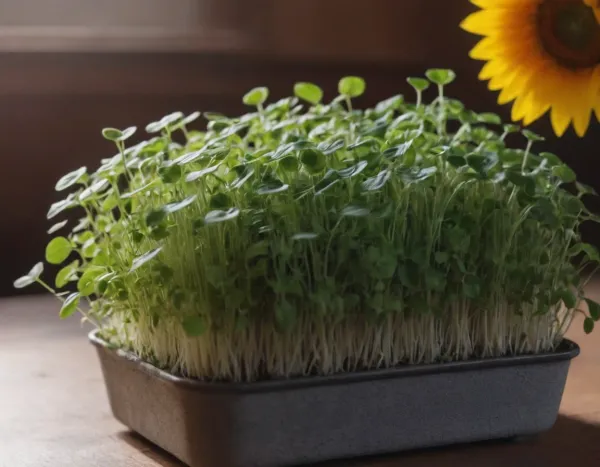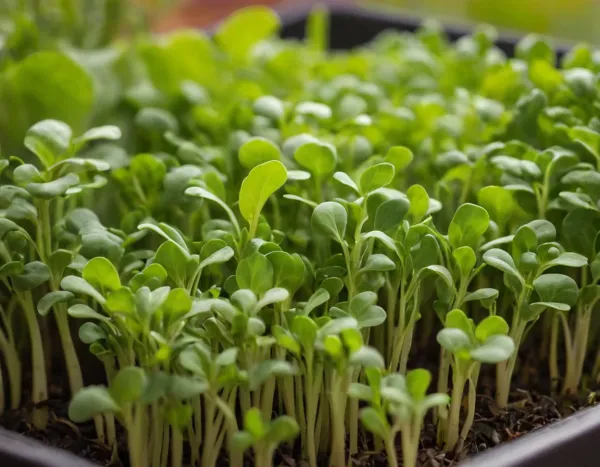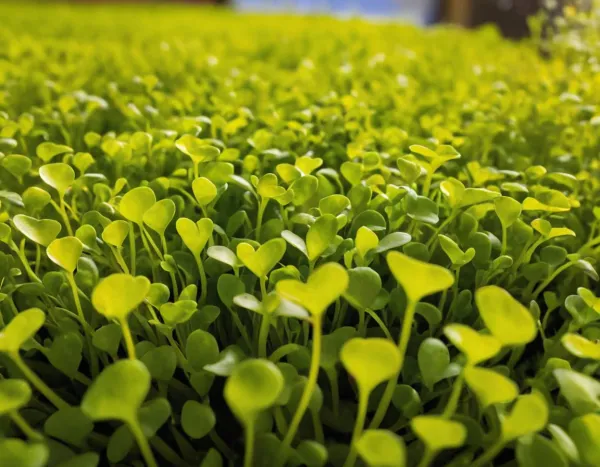Microgreens - What are they?

Microgreens are a type of young, nutrient-dense vegetable that is harvested within 1-3 weeks of germination, before the plant reaches its full growth stage. They are typically grown from seed directly in the field or in a controlled environment, and are considered to be a "baby" version of their mature counterparts.
Microgreens have several advantages over traditional leafy greens:
- Faster maturity: Microgreens can be harvested in as little as 7-10 days after germination, while traditional leafy greens may take weeks or months to reach maturity.
- Increased nutritional value: Microgreens are higher in nutrients and antioxidants than their fully grown counterparts, due to the increased photosynthesis during the early growth stages.
- Unique flavor profile: Microgreens have a distinctive flavor profile that is often described as more delicate and subtle than mature leafy greens.
- Versatility in cooking: Microgreens can be used raw or cooked, and they add a burst of flavor and color to dishes. They are great on salads, soups, sandwiches, and as a garnish for meat and fish dishes.
- Reduced environmental impact: Microgreens require less water and land than traditional leafy greens, making them a more sustainable choice for food production.
Some common microgreens include:
- Arugula
- Basil
- Beets
- Bok choy
- Cilantro
- Kale
- Radish
- Spinach
- Watercress
Microgreens can be grown in a variety of settings, including indoor gardens, greenhouses, and outdoor fields. They are a popular choice for home gardeners and commercial growers alike, as they offer a unique and delicious addition to a wide range of dishes.



